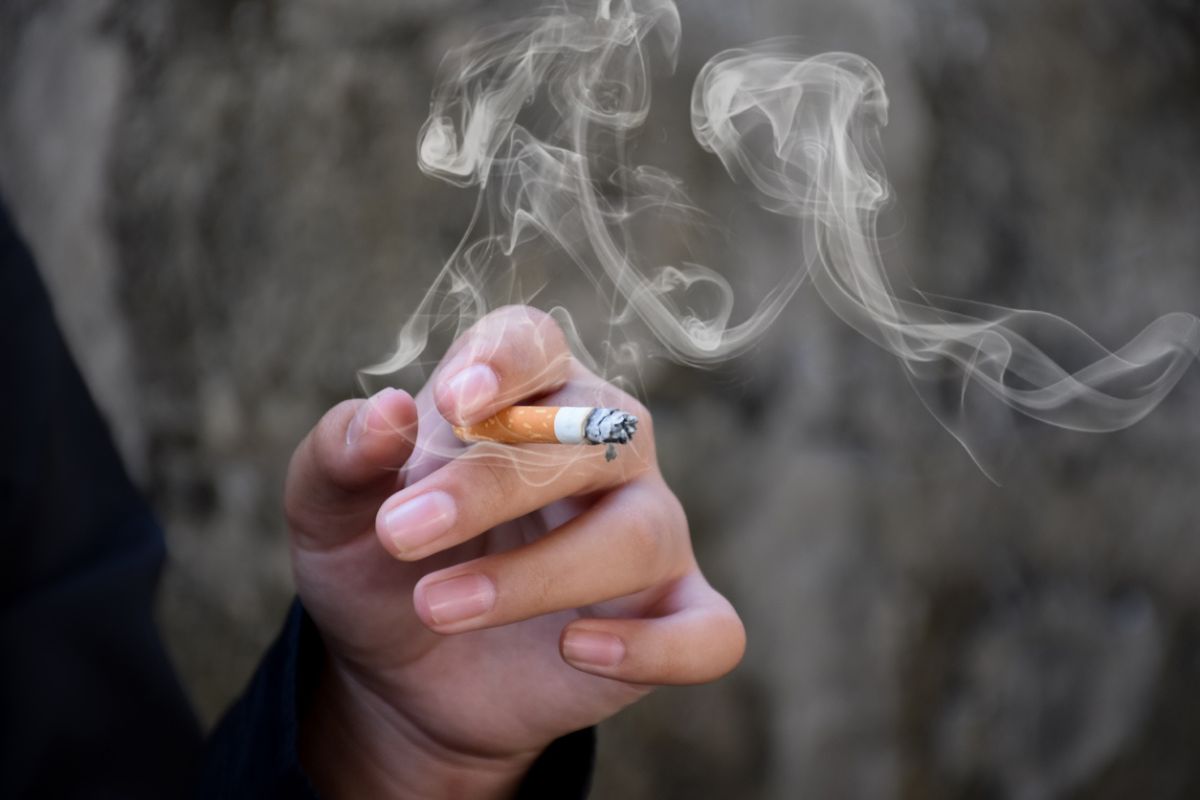We’ve all heard the advice, admonishments, and even jokes, about handshakes. But can it tell us anything about our mental health? A new study suggests it can, at least as far as young adults with psychosis are concerned.
In a wide-ranging new analysis appearing in the American Journal of Psychiatry, researchers from multiple institutions report that grip strength is closely related to brain network integrity and overall well-being in individuals experiencing early psychosis.
These results place grip strength as a potential bellwether of the health of crucial brain functions, particularly the default mode network (DMN).
“Poor grip strength has been associated with many negative outcomes in a variety of people: lower well-being, higher risk of mortality, poor day-to-day functioning, poor quality of life,” senior author and Indiana University Assistant Professor Alexandra Moussa-Tooks elaborated. “Grip strength seems to capture that things are not going well. But it hasn’t been well studied in relation to brain function or early psychosis. Our study looks at how grip strength may be an important sign of brain and psychological health in early psychosis.”
Methodology
The research team pulled data from the Human Connectome Project for Early Psychosis, which includes brain imaging and behavioral assessments from more than 140 individuals between the ages of 16 and 35. The group included healthy participants and those in the early stages of psychotic disorders.
Compared to their peers, individuals with early psychosis exhibited dramatically weaker grip strength, diminished well-being, and lower scores on the Global Assessment of Functioning (GAF) scale.
But even after all of that, the study’s most striking insights came from neuroimaging.
Using multivariate pattern analysis to map whole-brain connectivity, the researchers singled out three key brain regions where functional connections strongly predicted grip strength: the anterior cingulate cortex (ACC), the sensorimotor cortex, and the cerebellum. The researchers noticed that every region was functionally connected to the DMN.
Interestingly, these brain-behavior links were stronger in participants with psychosis than in controls, implying that disrupted connectivity may force those with psychosis to recruit additional brain resources to complete even simple tasks.
Participants’ self-reported well-being showed a strong tie to grip strength, but clinician-rated symptom severity didn’t. That’s crucial, the authors insist. It emphasizes grip strength’s value not as a marker of hallucinations, but as a more holistic indicator of brain health and overall functioning.
“If psychosis is a house on fire, symptoms such as delusions and hallucinations are the smoke. In a fire you don’t target the smoke, you target the fire and its source. And yet, currently that’s not how we approach treatment for psychosis,” Moussa-Tooks said. “Motor disturbances help us get closer to identifying where the fire may have started and spread. They are more fundamental in the sense that they’re easier to link to different disturbances in the brain.”
Looking Ahead
The researchers stressed the cross-sectional nature of their analysis and looked solely at cases of early-stage psychosis. Even so, the study results offer new rationale for simple, scalable tools that could one day flag brain network disruption before it fully emerges as a psychiatric illness.
What’s more, the study lays the groundwork for interventions that surpass symptom reduction. Future research, they suggest, might look at whether bolstering grip strength through targeted motor training – or even modulating DMN activity via neuromodulation techniques like transcranial magnetic stimulation – could boost well-being and cognitive resilience in psychosis patients.
But, at least for now, this paper offers a compelling new twist on an old medical story. A strong grip illustrates more than physical fitness, it could also hint at how fit the mind is, too.
Further Reading
Management of Psychotic Illnesses in Primary Care Settings
How Brain Networks in Recovered Psychosis Patients May Help Predict Relapse



